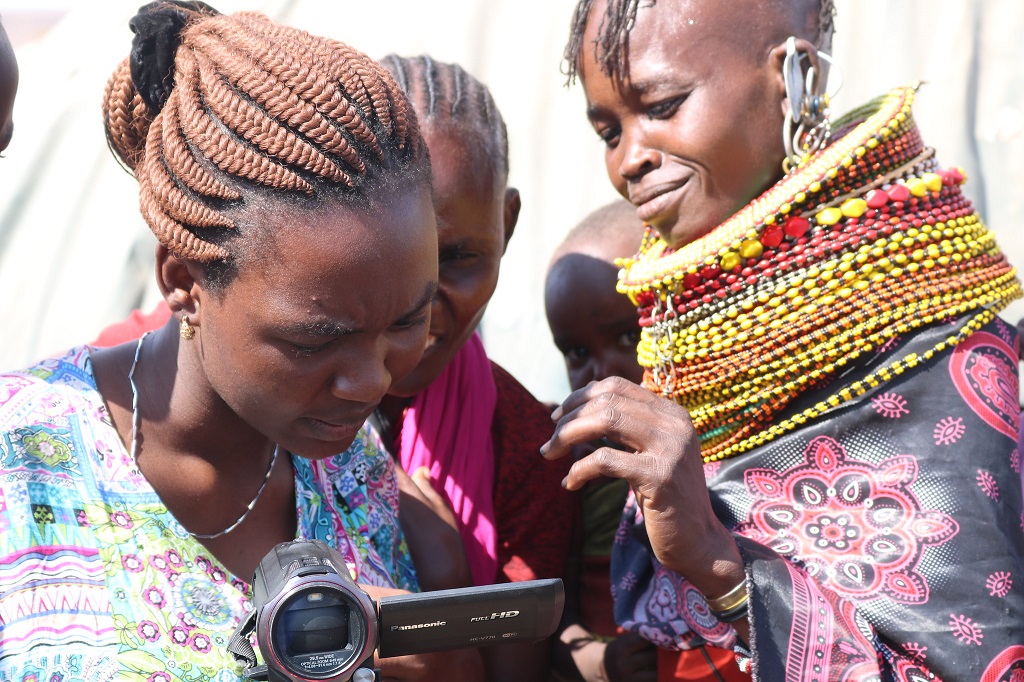Global investment, local struggles: An update on Seeing Conflict at the Margins
This news story, an update on the Seeing Conflict at the Margins project, funded through the PaCCS Conflict Theme, has been republished with permission from the IDS website. The original story, published on 17 March 2020, can be found here.
In many places, tensions, struggles and conflicts have arisen around land ‘grabs’, compensation mechanisms, contracts and work opportunities, as well as environmental damage and social changes associated with large-scale resource developments.
States and investors often ‘see’ conflict at the margins narrowly as disruptive insurgency or volatility to be overcome with greater state and/or private security presence, or through localised development projects.
Yet, residents at the margins experience, perceive and talk about conflict in ways that differ, sometimes radically, both from the dominant state security and investor narratives.
A major research and policy challenge presents itself: how to listen, help amplify and respond to the great variety of ways that people encounter and experience development and conflict, and conceive their own security and insecurities.
Interdisciplinary methods to generate new insights on conflict
The ‘Seeing conflict at the margins’ project bridges the social sciences (social anthropology and human geography), the humanities (history, digital arts, film and visual arts) and community-based participatory research to examine how different groups of people ‘see’ and experience resource conflicts.
Since 2017, interdisciplinary research and facilitation teams in Kenya and Madagascar have worked alongside members of communities living near and affected by large-scale resource developments to better understand diverse experiences and perspectives on resource conflicts within communities affected by them.
The project teams, made up of UK-based, Kenyan and Malagasy researchers, civil society groups and members of local populations, have used stakeholder analysis and qualitative fieldwork alongside a variety of participatory visual and audio methods.

Working together, they have co-produced films and multimedia narratives from the various perspectives of residents neighbouring large-scale resource developments in four focal settings, including the largest geothermal and wind power sites in sub-Saharan Africa (Ol Karia and Lake Turkana in Kenya), and mining and conservation sites (Atsimo-Andrefana and Anosy regions in southern Madagascar).
Sharing perspectives
The project has organised screenings in the research sites to support and sustain local-level reflection and develop new thinking around how to protect and promote public interests when there are contentious claims to resources and an influx of large capital.
In October 2019, videos highlighting the experiences of communities living with geothermal and wind power developments in Kenya were screened at a forum in Nairobi attended by aid and diplomatic officials, activists and investors. The conversation is now extending beyond towns to include pastoralists, whose voices are often difficult to capture in consultation processes.
Jeremy Lind, IDS Research Fellow and lead investigator for Kenya, explained, ‘Companies and governments alike hold up large-scale investments in green energy as the very definition of a prosperous, sustainable future. By highlighting local experiences and framings of these investments in terms of feeling left behind and losing trust in leadership that fails to deliver on its promises, the videos challenge received wisdom as well as make the argument to consider “sustainable for whom?”.’
After a series of screenings in research sites in Madagascar, in August and November 2019, regional project launches in regional capitals of Toliara and Fort Dauphin brought together project teams, civil society, representatives of government agencies and mines and elected officials for film screenings and multistakeholder dialogues. Recently, the films created by Malagasy from seven rural villages were shown at an event hosted at the residence of the UK Ambassador 620 miles away in the national capital of Antananarivo.
“Governments, investors, and development professionals often ‘see’ rural landscapes and development needs of rural communities very narrowly, in universalised terms,” said Amber Huff, IDS Research Fellow and lead investigator for Madagascar. “This view ‘from above’ is shaped by a priori assumptions about rural life, people’s interactions with nature, and economistic notions of poverty.”
“Films made by outsiders, particularly by European and American filmmakers, about life in rural Madagascar tend to reproduce these dominant narratives and perspectives.” Huff added that these “pejorative” depictions of rural life, poverty, and environmental degradation often fail to take into account how local needs and conflict dynamics are shaped by local ecology, traditional values, economic conditions, inequities and “long histories of attention and neglect by governments and other ‘external’ actors.’”
Videos and photos from the project are being shared more widely through the project website as well as at the upcoming Third Biennial Conference of the Political Ecology Network (POLLEN) on ‘Contested Natures’ in June 2020. Multimedia stories incorporating participatory videos, illustrations, captioned slideshows and blogs are being prepared to share the stories from each focal setting, with the first of these on the Ol Karia geothermal development now live.
Visit seeingconflict.org for more information and look out for updates from the project on Twitter (@SeeingConflict).


